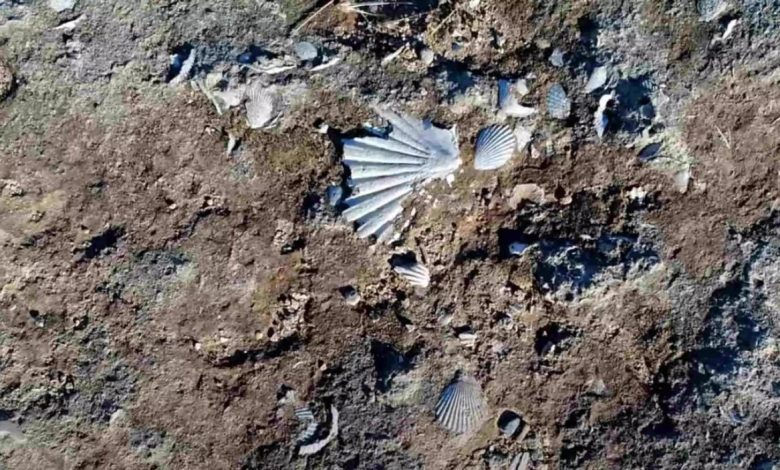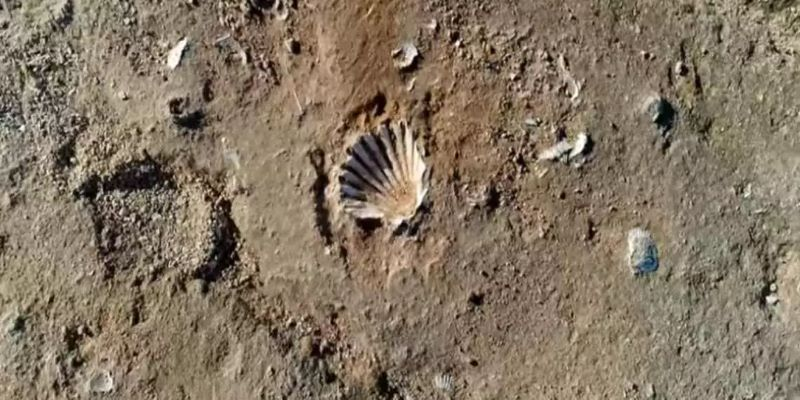Just when you think you’ve seen everything Greece has to offer, another hidden gem surfaces…
In southern Laconia, near the wider area of the Agios Nikolaos Geopark—and more precisely close to the small chapel of Agia Marina—lies a dirt road unlike any other. What makes it so unique? It holds a secret that dates back millions of years.
This unassuming path is literally scattered with thousands of fossilized shells. At first glance, you might miss them entirely unless you take a closer look—then, suddenly, the ground beneath your feet transforms into a natural history exhibit.
A Window into the Miocene Era
Laconia, like much of Greece, is steeped in a geological history that spans millions of years. During the Miocene epoch, approximately 5 to 23 million years ago, this region was submerged under the sea. Marine organisms such as shells, corals, and other sea life thrived here, leaving behind their imprints in the earth. Over time, as geological shifts occurred and the sea gradually receded, these fossilized remnants were preserved—today fully visible along this elevated dirt path, far from the shoreline.
What you’ll find isn’t just a road—it’s an open-air geological museum. As you walk along it, you'll notice the terrain glittering with fossilized shells embedded in the surface, creating a truly surreal and fascinating landscape.
These fossils are the remnants of marine organisms that lived millions of years ago, offering extraordinary insights into the natural history of the region. It’s a rare sight and an invaluable resource for both scientists and curious explorers alike.
A Changing Coastline
This kind of dramatic geographical transformation isn't unique to Laconia. A similar phenomenon can be seen in Thermopylae, once a narrow coastal pass and now situated at the edge of a wide plain—another testament to the ever-evolving Greek landscape.
The Agios Nikolaos Geopark
The Agios Nikolaos Geopark in Laconia is a protected area of significant geological, ecological, and cultural importance. Located near the village of Agios Nikolaos—known for its stunning natural beauty and rich heritage—it forms part of the Atlas of Geological Monuments of the Aegean.
Along the coastal sites of Agia Marina, Korakas, and Spitha, ancient fossilized forms stand as silent witnesses of a distant past, quietly preserving the secrets of Earth’s evolutionary journey.
According to a study by Professor Evangelos Velitzelos, Director of the Department of Historical Geology–Paleontology at the National and Kapodistrian University of Athens, the findings from this region are one of a kind in Europe and of inestimable scientific importance.
📍 Coordinates to Visit the Dirt Road: https://goo.gl/maps/LvHoEG1YcxyjEoev8
🎥 Watch the video to explore more of this natural wonder!










